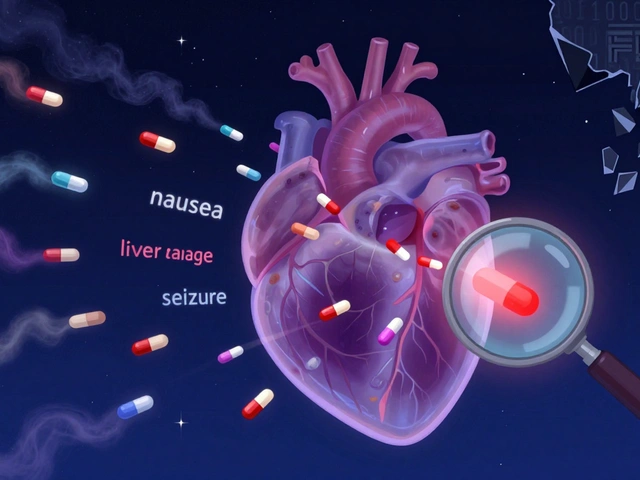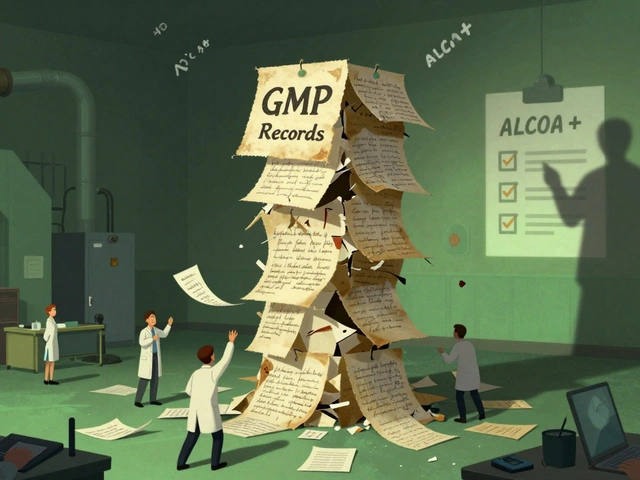Fosfomycin: what it does, how to use it, and quick tips
Fosfomycin is a simple, old antibiotic that still solves a common problem: bladder infections. Doctors often pick a single oral dose of fosfomycin trometamol for uncomplicated cystitis in women because it’s easy to take and works against many E. coli strains. Lately it’s also being used more for tough, multidrug-resistant bacteria — usually as part of a combo with other drugs.
Quick facts you can use
Fosfomycin stops bacteria from building their cell wall by blocking an early enzyme (MurA). For uncomplicated lower urinary tract infection, the usual adult dose is a single 3 g sachet of fosfomycin trometamol dissolved in water. Take it on an empty stomach or as your pharmacist tells you. It starts working fast and often relieves symptoms within a day or two.
It’s not a one-size-fits-all fix. A single 3 g dose is fine for simple bladder infections, but it’s not enough for kidney infections (pyelonephritis), prostatitis, or severe bloodstream infections. For serious infections, hospitals use IV fosfomycin (different formulation) and usually combine it with other antibiotics.
Side effects, safety, and practical tips
Most people tolerate fosfomycin well. Common side effects are mild: diarrhea, nausea, headache, and sometimes vaginal yeast infection. If you get severe diarrhea, fever, or belly pain, call your doctor — that could be a sign of C. difficile or another complication.
Before taking fosfomycin, tell your clinician if you’re pregnant, breastfeeding, or have severe kidney problems. For routine lower UTIs in pregnancy, some doctors still use fosfomycin, but they’ll decide case by case. Also, don’t use it for asymptomatic bacteriuria unless your provider recommends treatment (for example, during pregnancy).
Always try to get a urine culture before or soon after treatment so your clinician can confirm the bug and check susceptibility. Fosfomycin resistance exists — enzymes like FosA or other mechanisms can make some bacteria immune. That’s why culture and targeted therapy matter, especially if symptoms don’t improve.
Practical checklist: take one 3 g sachet dissolved in water as directed; keep a record of symptoms and improvement; get a urine culture if symptoms are unusual or severe; don’t reuse leftover medication; ask your doctor if IV fosfomycin is appropriate for serious infections.
Want to know whether fosfomycin is right for you? Ask your clinician about the infection site, past antibiotic use, lab results, and pregnancy status. Fosfomycin can be a fast, simple solution for bladder infections, but proper diagnosis and follow-up are the best way to stay safe and get cured.
The Effectiveness of Fosfomycin in Treating Skin and Soft Tissue Infections
After researching, I've discovered that Fosfomycin is a highly effective antibiotic in treating skin and soft tissue infections. It's particularly potent against bacteria resistant to other antibiotics, which makes it a valuable option for tough infections. The drug works by interfering with the bacteria's ability to produce essential proteins, thus stopping their growth. Side effects are minimal, with gastrointestinal discomfort being the most common. All in all, Fosfomycin seems to be an excellent choice for tackling stubborn skin and tissue infections.






